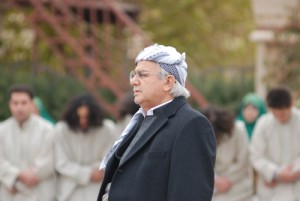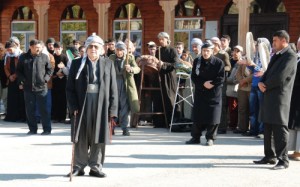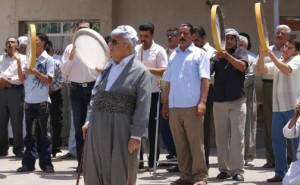The Daily Dhikrs
The Daily Dhikrs These dhikrs are performed everyday at certain times. 1) The Dhikr After the Dawn Prayer These dhikrs are performed after the dawn prayer. The dervish should perform this dhikr while seated. The dhikrs of “lā ilāha illā Allah” and “Allah”, i.e. the first and third dhikrs, should be accompanied with the Kasnazanī head movement of dhikr which represents the “striking the rock of the heart with the hammer of dhikr.” (أ) لا الهَ الا اللَّـهُ. [300 مرة] (A) Lā ilāha illā Allah (There is no god save Allah). [300 times] [ب) لا الهَ الا اللَّـهُ مُحَمّدٌ رَسولُ اللَّـهِ صَلّى اللَّـهُ…



